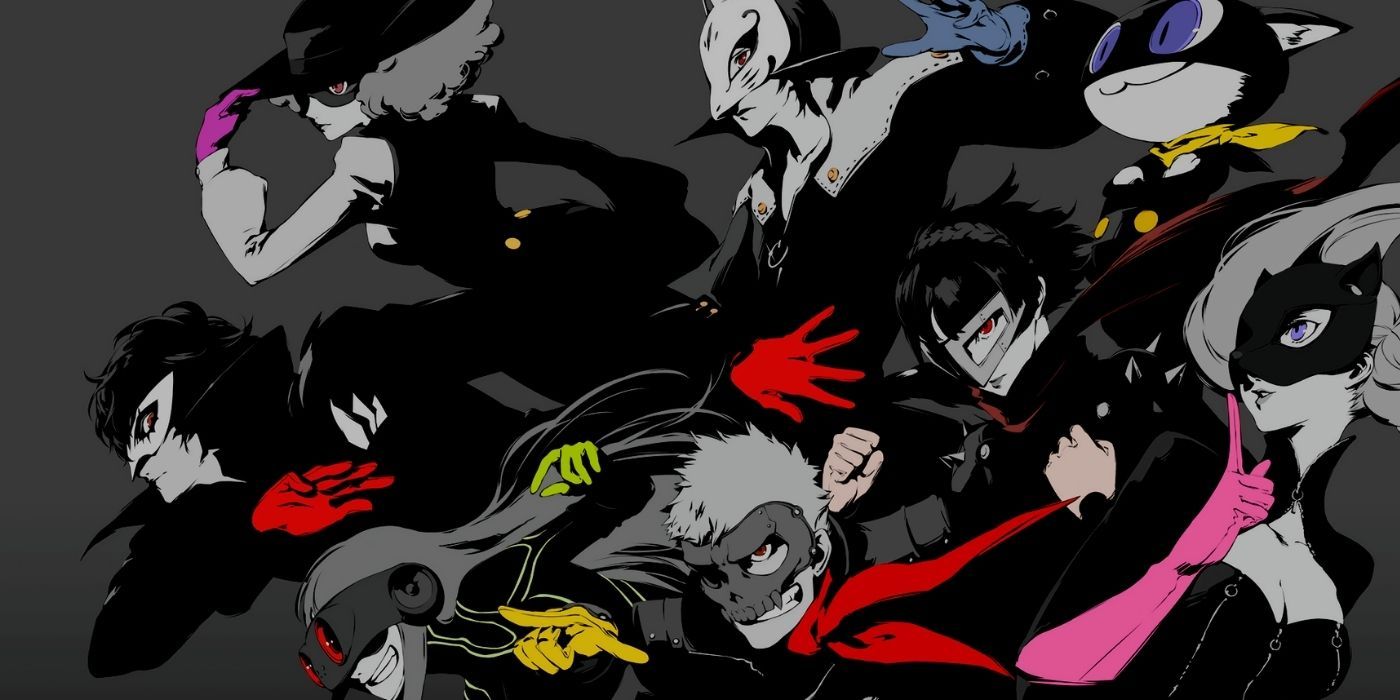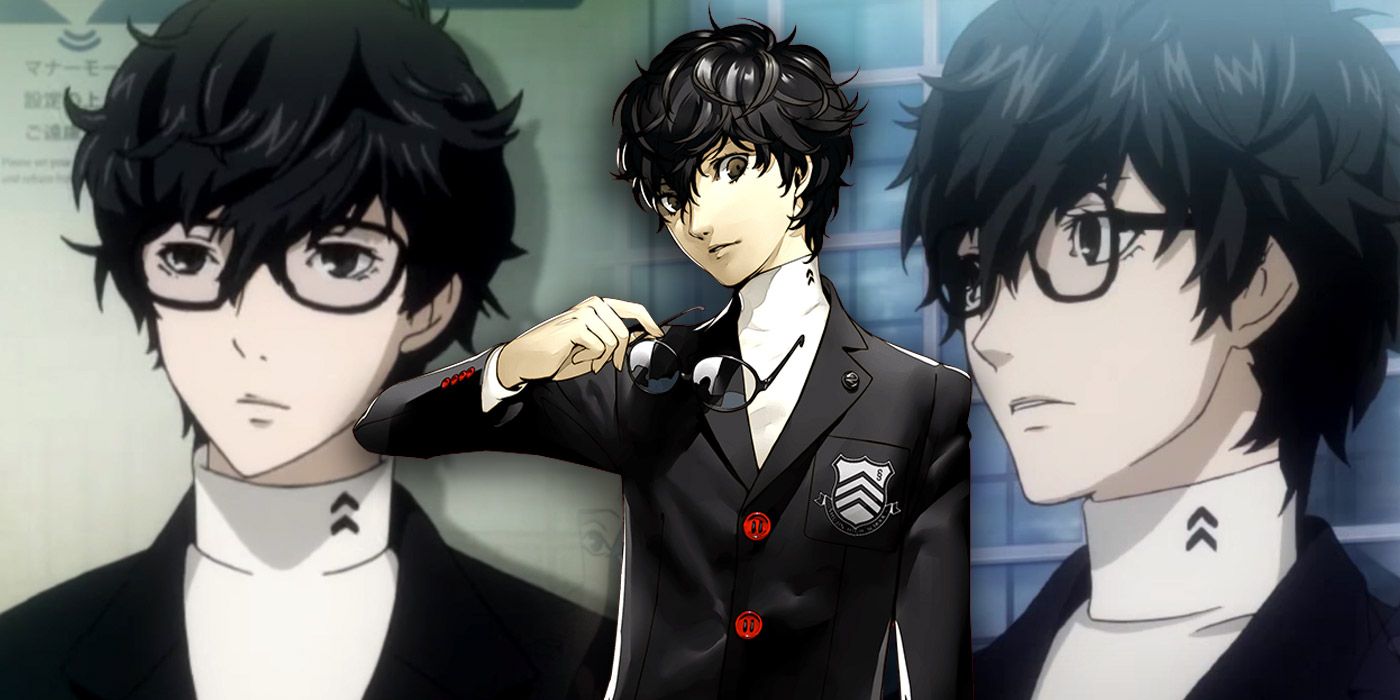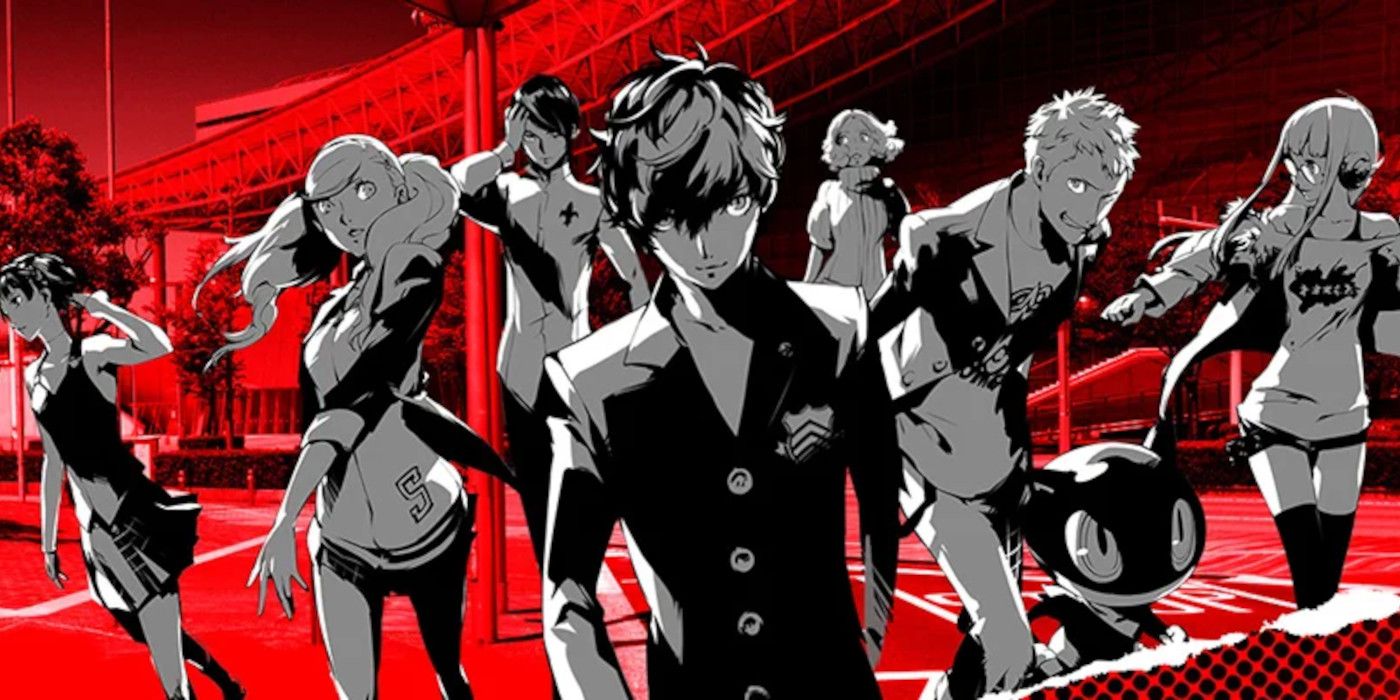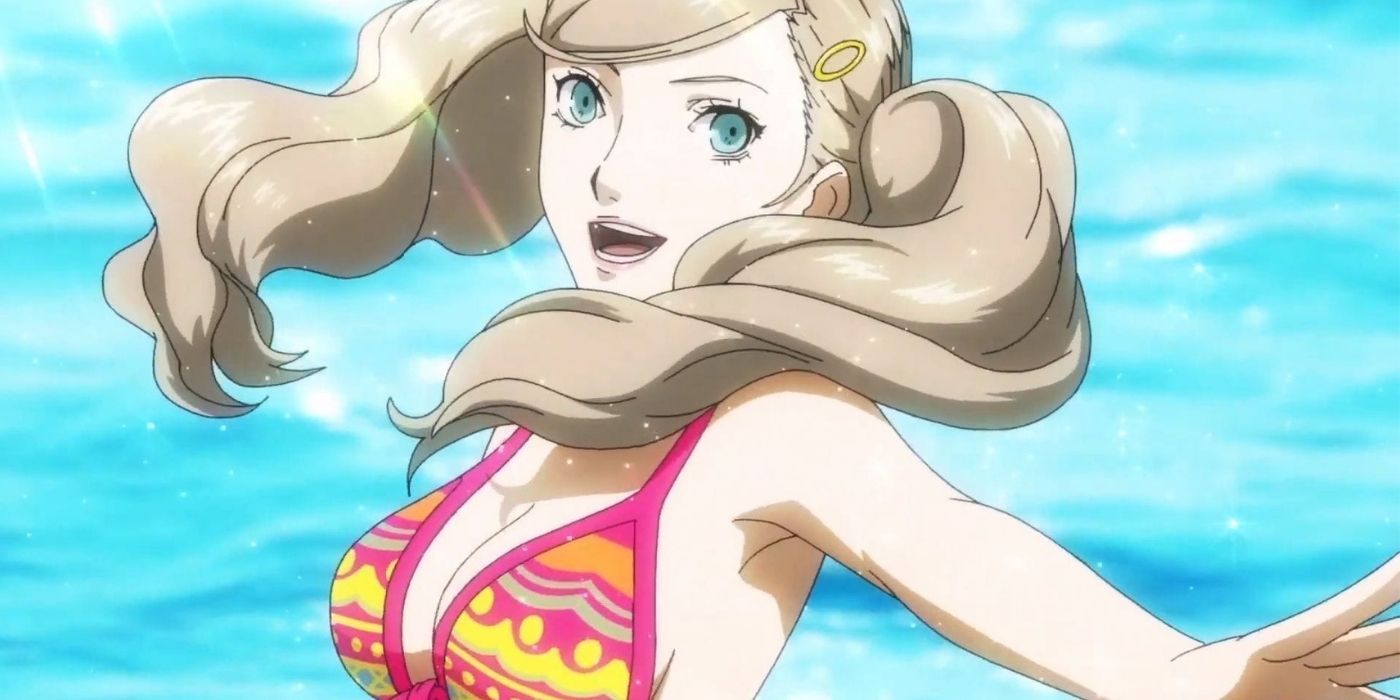The stylish and sprawling Persona 5 is one of the best the JRPGs the genre has to offer. There are plenty of reasons why Persona games are so successful: One such reason is that every Persona game authentically represents Japanese pop culture. With anime aesthetics, Persona games primarily attract gamers who also watch anime. It's no surprise that Persona 6 would eventually happen, and would presumably be deeply rooted in the anime and Japanese culture the series is known for. That being said, there are a few things that it should do differently from Persona 5.
Persona games have always been widely popular in Japan, but Persona 5 brought the series' popularity to the west. Persona 5's 80-100 hours long storyline touches on various societal issues that plague modern day Japan, supported by a cast of fleshed-out lovable characters. However, with all the right things it does, it also relies heavily on well-established anime tropes that make this prolonged adventure feel utterly generic at times. Here are a few anime tropes that Persona 5 relies on, but should be avoided by Persona 6.
The Delinquent Protagonist in Persona 5
For years, high-school shoujo anime has established this ground rule of featuring loner delinquent protagonists that fans grow to love. While there isn't a concrete explanation for this, presumably outcasts are more prone to sympathy. Persona 5 takes a similar, more obvious route with its main protagonist. Akira/Ren/Joker, or whatever players name their character, feels vastly similar to those already established remarkable anime protagonists, and as a result, doesn't feel immediately as striking as the game presents him to be.
Joker's character design doesn't do him any justice either. The long messy hair and nerdy spectacles make him all the more similar to most rom-com anime protagonists. Joker's face model also shockingly resemblances Atlus' very own Vincent Brooks, the protagonist of Catherine. What makes Joker's character all the more rudimentary is that he occupies the second last seat next to the window in his classroom, which anime enthusiasts already know inexplicably belong to the main character.
All these attributes don't make Joker less appealing. In fact, it's quite the opposite. The game does enough to establish that Joker isn't a player-created character, but also leaves him malleable enough for each player to shape their own version of him. From a JRPG point of view, this works well. However, for a game with such a distinctive art style, even by anime standards, Joker feels uninspired. Hence, Persona 6 must feature a protagonist who is as inclusive as Joker, but doesn't have easily recognizable traits common in anime and manga of this genre.
Stereotypical Characters
The wide array of characters the players meet, interact with, and spend time with throughout the game's story is central to every Persona game, and Persona 5 is no different. The more time players spend with these characters (confidants) the more perks they unlock, which comes in handy while navigating the Metaverse.
Persona 5 features a ton of well-crafted characters, each having unique personalities and motives. Most of these characters, especially the ones part of The Phantom Thieves, are well realized. The game does a fine job of giving each of them the spotlight when they need it, while also slowly progressing their passive character arc depending on how players interact with them.
The more players interact with these characters, the more they get to know about their past, their inner conflicts, their dreams, and ambitions. For the most part, it is handled quite well. By the time the credits roll, these characters don't feel like mere game characters but life-long friends, parting with whom brings an immeasurable amount of sorrow. However, despite being intricate, they are a stereotypical representation of anime characters.
Makoto Nijima is one of the most admirable confidants in Persona 5. Being a student council president, Makoto is smart, ambitious, and diligent. She makes for a worthy addition to the Phantom Thieves. Even after her primitive story arc ends, Makoto plays a pivotal role in the main plot, all the while having her own branching storyline where she slowly learns to step out of her comfort zone. However, it doesn't take much time to realize how predictable Makoto's nature and story arc are. It's mostly because there have been plenty of other impeccable student council president characters in popular anime shows that boast a similar story arc and share similar traits.
Even at first glance, Makoto's personality resemblances that of Hinagiku Katsura from Hayate the Combat Butler and Yukino Yukinoshita from Oregairu. It doesn't mean that these characters are identical, however, there are obvious similarities that are hard to ignore. For instance, just like Hinagiku, Makoto is the student council president and lives alone with her sister. Both lost their parents at some point, and both's livelihood depends on their big sisters. Similarly, both Makoto and Yukino look up to their big sisters. Both are constantly trying to live up to the societal pressure and tending to other people's needs while slowly losing sight of their own beliefs and ambitions.
All of this doesn't necessarily make Makoto a bad character, though it does diminish the motivation needed to explore her story further. Makoto isn't the only character in Persona 5 that doesn't feel original. Ann, Ryuji, Yusuke, Futaba, and Haru, are all victims of overly used anime character tropes. In fact, Morgana is the only main character in Persona 5 that doesn't rely on existing tropes, and it's actually exciting to unravel his story. As mentioned before, characters are the heart of any Persona game, and, as such, Persona 6 needs to be radically different from Persona 5 when it comes to its main characters.
Harem & Unnecessary Fan-Service
Fan service in anime has existed since the beginning, and while it isn't necessarily a bad thing given the proper context, these moments feel downright forced in Persona 5. The game features a handful of anime cutscenes that triggers every few hours into the story, and all of them have a fan-service moment that is supposed to be an icebreaker, but instead feels awkward and disjointed with the game's overarching themes.
Persona 5 also sadly doesn't stop itself from diving deep into harem tropes. Joker can form a romantic relationship with almost every woman he interacts with within the game. In fact, most of the Phantom Thieves members that players can recruit later on are all women. Weirdly enough, all of them have a built-in soft spot for the main character since the beginning, something that breaks immersion but persists solely to fuel the game's harem nature.
It's also important to acknowledge that Persona 5 doesn't let players date any of the game's male characters, despite Joker having arguably better chemistry with the likes of Ryuji Sakamoto. Given how most of the main character's interactions depend on the players and how he's largely a blank slate, it's surprising that players do not have the freedom to form romantic connections with any male confidants.
Persona 5's nature to appeal to heterosexual males at every corner robs it of its inclusiveness and seldom makes it feel like an outdated anime experience, which is a shame because Persona 5 is a breathtaking experience otherwise. Persona 6 should avoid such tropes and build on a structure that makes it more accessible and welcoming to new players, while feeling like a fresh experience for hardcore Persona and anime fans.
Persona 6 is rumored to be in development.




